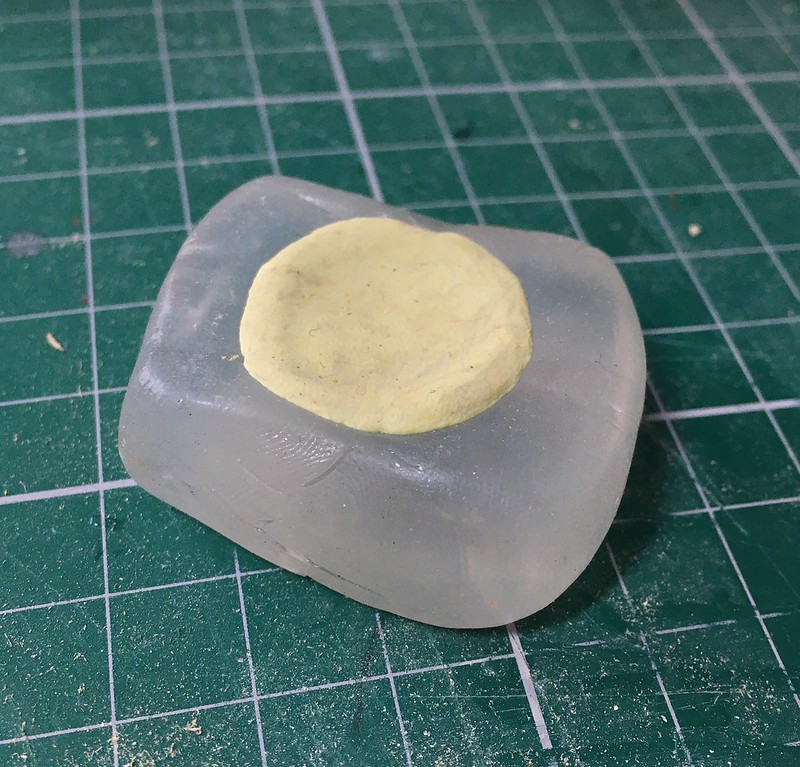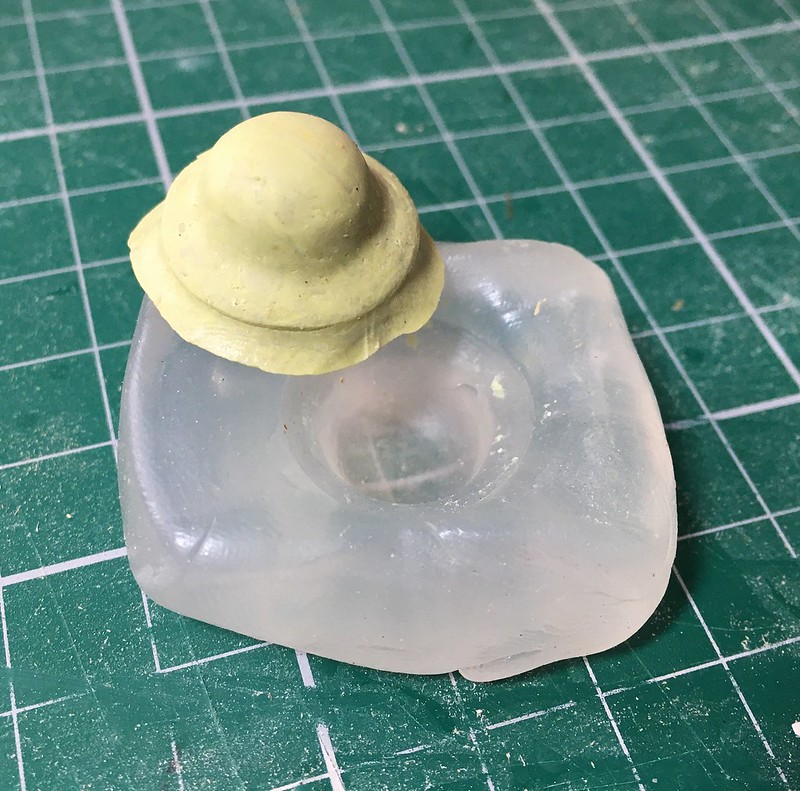I can almost hear some of you groaning, but hear me out...
This year - due to tight finances - I am making several gifts for my family and friends. Now, those of you who follow my blog (all two of you LOL) will know that I am NOT the fastest maker of models AND I easily get distracted by other things! 😆
...SO, in fact, starting to think about Christmas now is not too early. It actually might be a bit late considering what I have planned.
Now, the reason I include this subject on this blog is that my gifts have a toy soldier related theme as I want to make some mini versions of German traditional nutcrackers!
Funnily enough, making mini peg versions of these popular festive ornaments is exactly how I got into the whole peg soldier making in the first place...
I followed an online tutorial for this prototype - you can find the instructions over at Kate's Creative Space - and although it turned out OK there were a couple of things I wasn't happy with.
First of all, the flock 'hair' was a pain in the ass. No matter how well you try to glue it down it molts and I reckon that eventually the poor old soldier will go bald! 😂 Also, I wasn't altogether enamoured with the hanging and/or standing methods (the standing 'ring' came from a special craft set specifically intended to allow you to make free-standing peg ornaments).
Back to the Drawing Board - My Mk. II Nutcrackers
I've had plenty of time to mull over how to make a better mini nutcracker, especially as I have been learning a lot over the year making all my experimental peg soldiers.The main change I made in my construction was to sculpt the 'hair' using Milliput putty, in this way I was able to create specific hair-dos to suit the kind of soldier I was making (or period of uniform). My nutcrackers are mainly 18th century inspired so there's a lot of powdered wigs with pony-tails! 😁
The next thing I changed was the simple hat design, one thing I have really enjoyed making for my experimental figures was ever increasingly complex hat designs. So, I've gone a wee bit mad and created some 'interesting' military headgear for my new nutcrackers...
 |
| Above: A Guardsman Officer and a Jaeger (huntsman) |
 |
| Above: A King and a Pirate... Yarrrr! |
 |
| Above: The French Old Guard? :) |
As you can see, there quite a variety here ALTHOUGH the wife spoilt my fun a bit by saying 'well, they aren't very Chrismassy though are they?'. 😑 So I guess I'll be adding a couple of extras (a Santa and a snowman maybe), this way I can make two sets of four which I can box up as nice ornamental gift sets for both my daughters.
Anyway, aside from these big changes to the original prototype design I also decided to add a smaller modification which I hope makes them all the more charming and 'toy soldier'-like... A nose!
This is just a simple wooden rod made from a section of cocktail stick, but I think it makes a big difference and is a nice improvement. 😊
And that's it for now, except - on a non-soldier related note - that among the other gifts I am crafting are some other festive peg figures for Christmas tree ornaments. In this case I'm making a set of Christmas angels and (for some reason) fairies!






















